Description
North Gate of Angkor Thom
The North Gate of Angkor Thom, also known as Prasat Suor Prat, is one of the five gateways to the ancient city of Angkor Thom, Cambodia. It was built in the 12th century during the reign of Jayavarman VII, one of the most important Khmer kings in history.
The North Gate of Angkor Thom is famous for its detailed bas-reliefs which depict scenes from daily life, Hindu deities and battle scenes. The bas-reliefs on the gate depict scenes from Hindu mythology as well as scenes from everyday life, such as fishermen, peasants and traders. There are also scenes of battles between Khmer armies and Cham invaders.
The north gate of Angkor Thom is also remarkable for its imposing size and its stone construction. It stands over 13 feet tall and is supported by massive columns. There are stone statues of lions and elephants framing the gate entrance.
In summary, the North Gate of Angkor Thom is a remarkable example of Khmer architecture and art from the era of Jayavarman VII. The detailed bas-reliefs that adorn the gate, as well as its imposing size and stone construction, make it a must-see for lovers of history and architecture. It is important to note that to visit the Angkor temples it is necessary to purchase an entrance ticket valid for one day, three days or one month.
Architecture
The architecture of the North Gate of Angkor Thom, also known as Prasat Suor Prat, is notable for its imposing size and stone construction. It stands over 13 feet tall and is supported by massive columns. There are stone statues of lions and elephants framing the gate entrance.
The gate is built in the shape of a Greek cross, with a main entrance overlooking the city of Angkor Thom. There are galleries surrounding the inner courtyard, with stone statues of Hindu deities and detailed bas-reliefs that depict scenes from daily life, Hindu deities and battle scenes. There are also statues of genies and demons adorning the outer walls of the gate.
The outer walls of the gate are also decorated with detailed bas-reliefs, which depict scenes from Hindu mythology, scenes from daily life, such as fishermen, peasants and traders, as well as scenes of battles between the Khmer armies and Cham invaders. These bas-reliefs are considered one of the highlights of the architecture of the North Gate of Angkor Thom.
In short, the North Gate of Angkor Thom is a remarkable example of Khmer architecture, characterized by its imposing size, stone construction, stone statues, detailed bas-reliefs and rich religious symbolism.
Visit
Visiting the North Gate of Angkor Thom is a must-see experience for history and architecture lovers. The gate is located in the ancient city of Angkor Thom, which is a UNESCO World Heritage archaeological site. It is recommended to come at sunrise to enjoy the natural light and changing colors on the bas-reliefs.
It is possible to visit the North Gate of Angkor Thom by combining with other temples in the Angkor complex, such as Angkor Wat, Bayon or Ta Prohm. It is important to note that to visit the Angkor temples it is necessary to purchase an entrance ticket valid for one day, three days or one month. It is also important to remember that some temples may be closed at certain times of the day for conservation reasons.
It is advisable to bring a guide to visit the north gate of Angkor Thom, as this will allow you to better understand the history and meaning of the bas-reliefs. It is also important to dress appropriately to respect local customs and religious sites.
In summary, visiting the North Gate of Angkor Thom is an experience rich in history and culture, which allows you to discover a remarkable example of Khmer architecture from the era of Jayavarman VII. It is important to plan your visit according to opening hours and available entry tickets, and to bring a guide to fully enjoy it. It is a must-see place for lovers of Khmer architecture and art.
Opening hours
Most temples are open from 7:30 a.m. to 5:30 p.m. daily.
- Angkor Wat : 5h – 17h30
- Baphuon : 7h30 – 17h30
- Banteay Srei : 7h30 – 17h30
- Bayon : 7h30 – 17h30
- Bakheng : 5h – 19h
- Srah Srang : 5h – 17h30
- Pre Khan : 7h30 – 17h30
- Prè Rup : 5h – 19h
- Phnom Bakheng : 5h – 19h
Times given as an indication, but guides and tuk-tuks know them very well.
You will easily find restaurants and merchants that offer good meals with good Khmer recipes for your meals during your visit. On the site, you will also find where to stay during your stay in Cambodia.
Listing Features
Working Hours
- Monday 7:30 AM - 5:30 PM
- Tuesday 7:30 AM - 5:30 PM
- Wednesday 7:30 AM - 5:30 PM
- Thursday 7:30 AM - 5:30 PM
- Friday 7:30 AM - 5:30 PM
- Saturday 7:30 AM - 5:30 PM
- Sunday 7:30 AM - 5:30 PM
Location / Contacts
- Address : Cambodge, KH ក្រុងសៀមរាប Unnamed Road
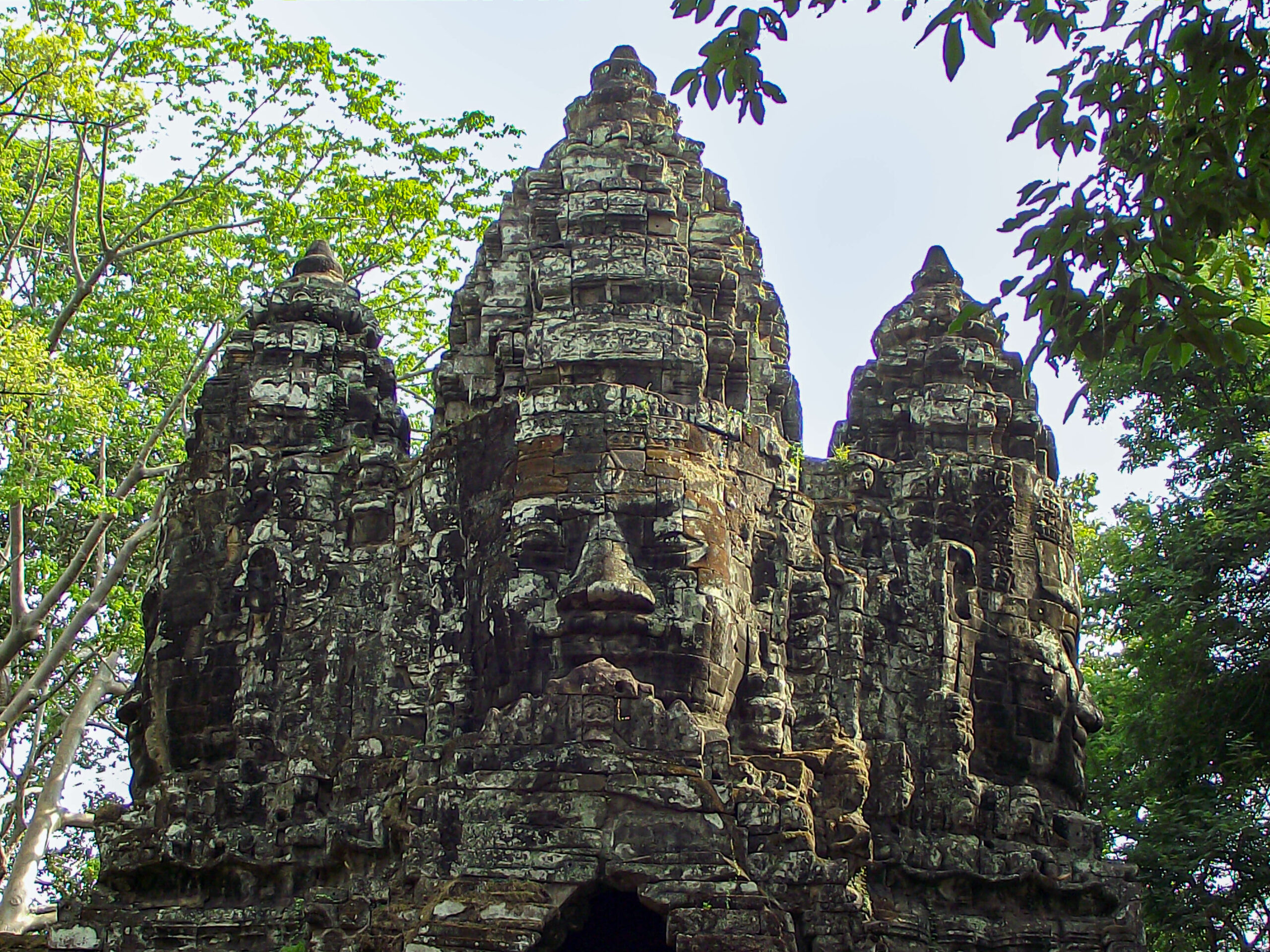
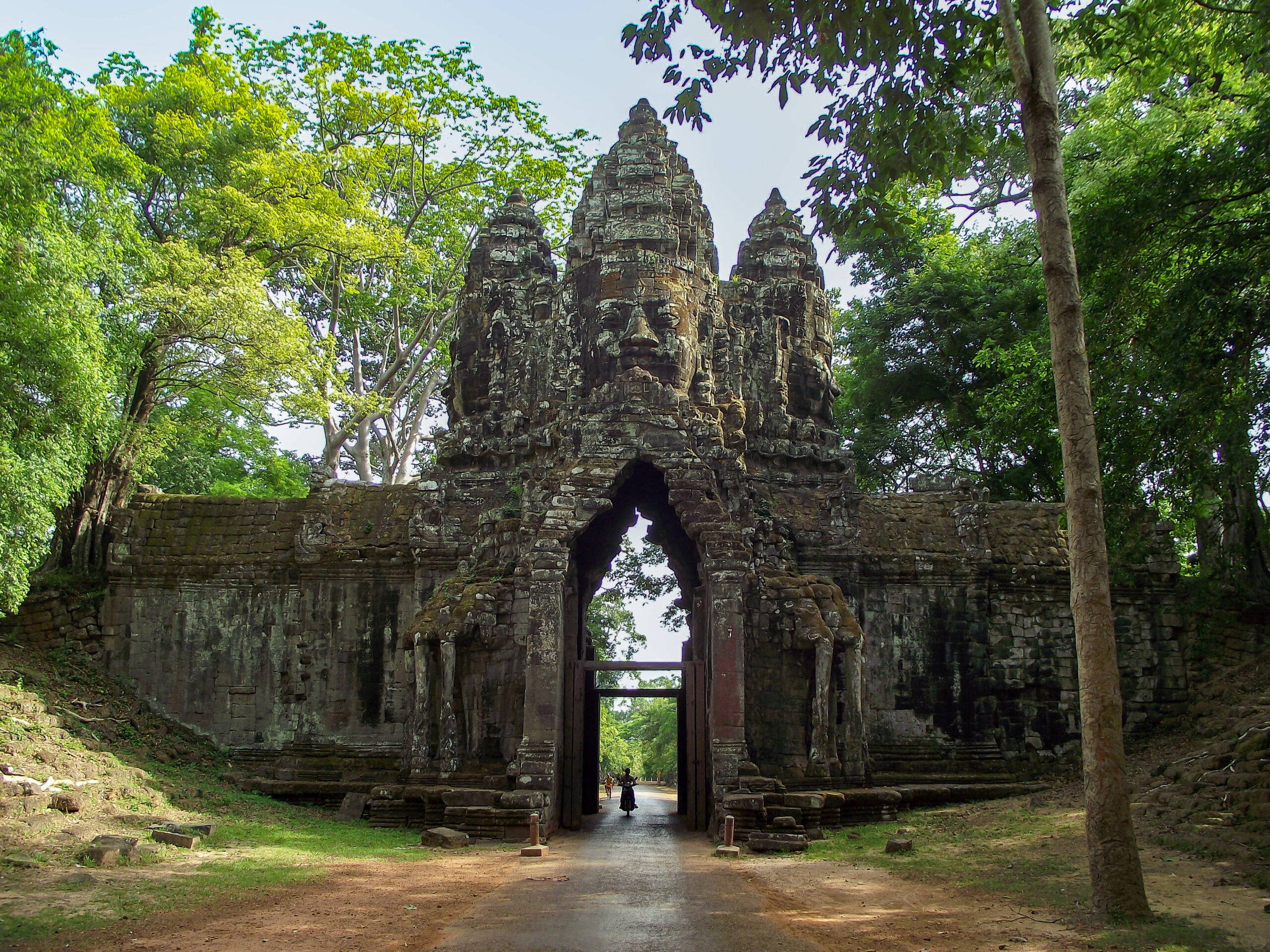

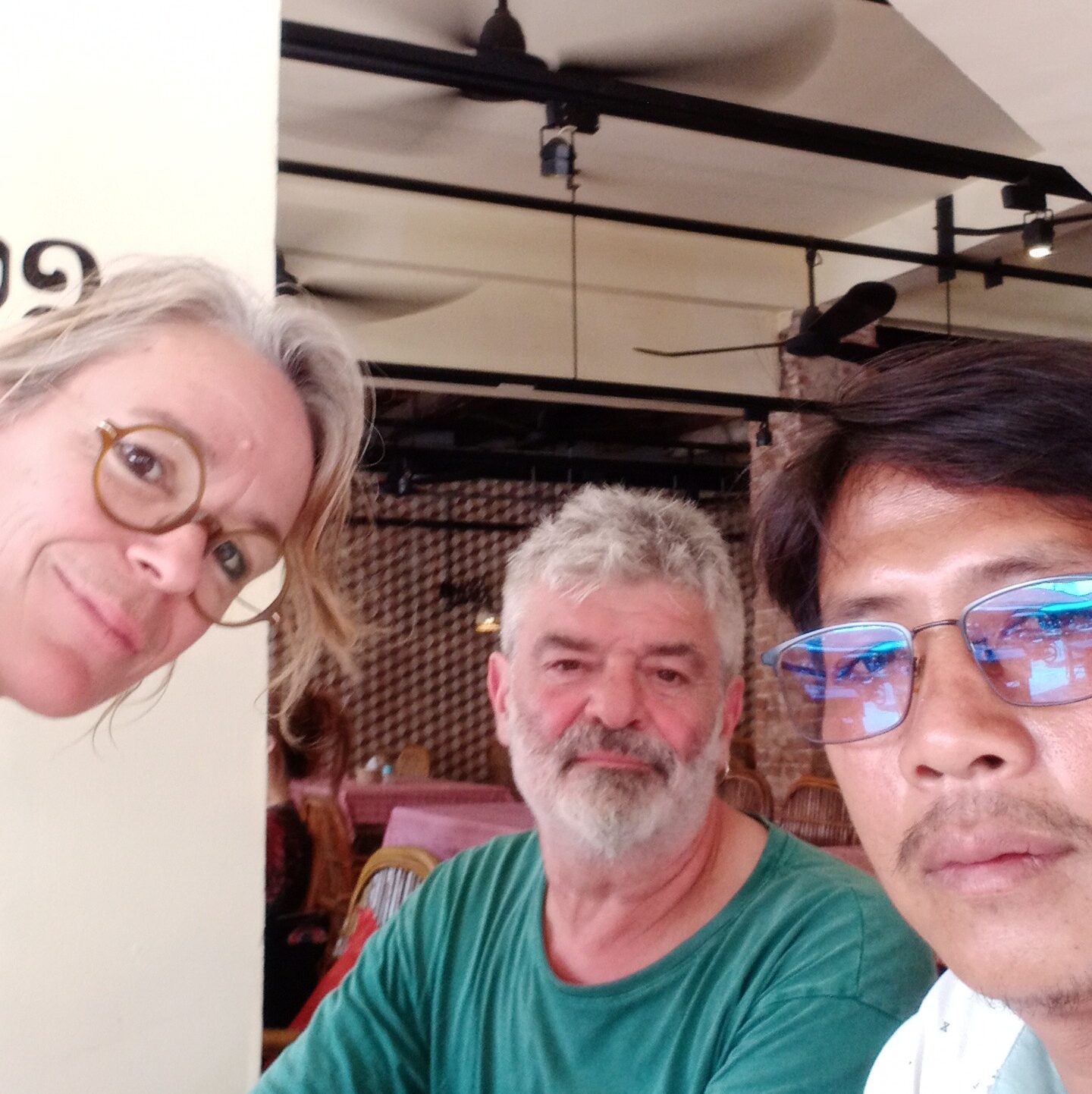
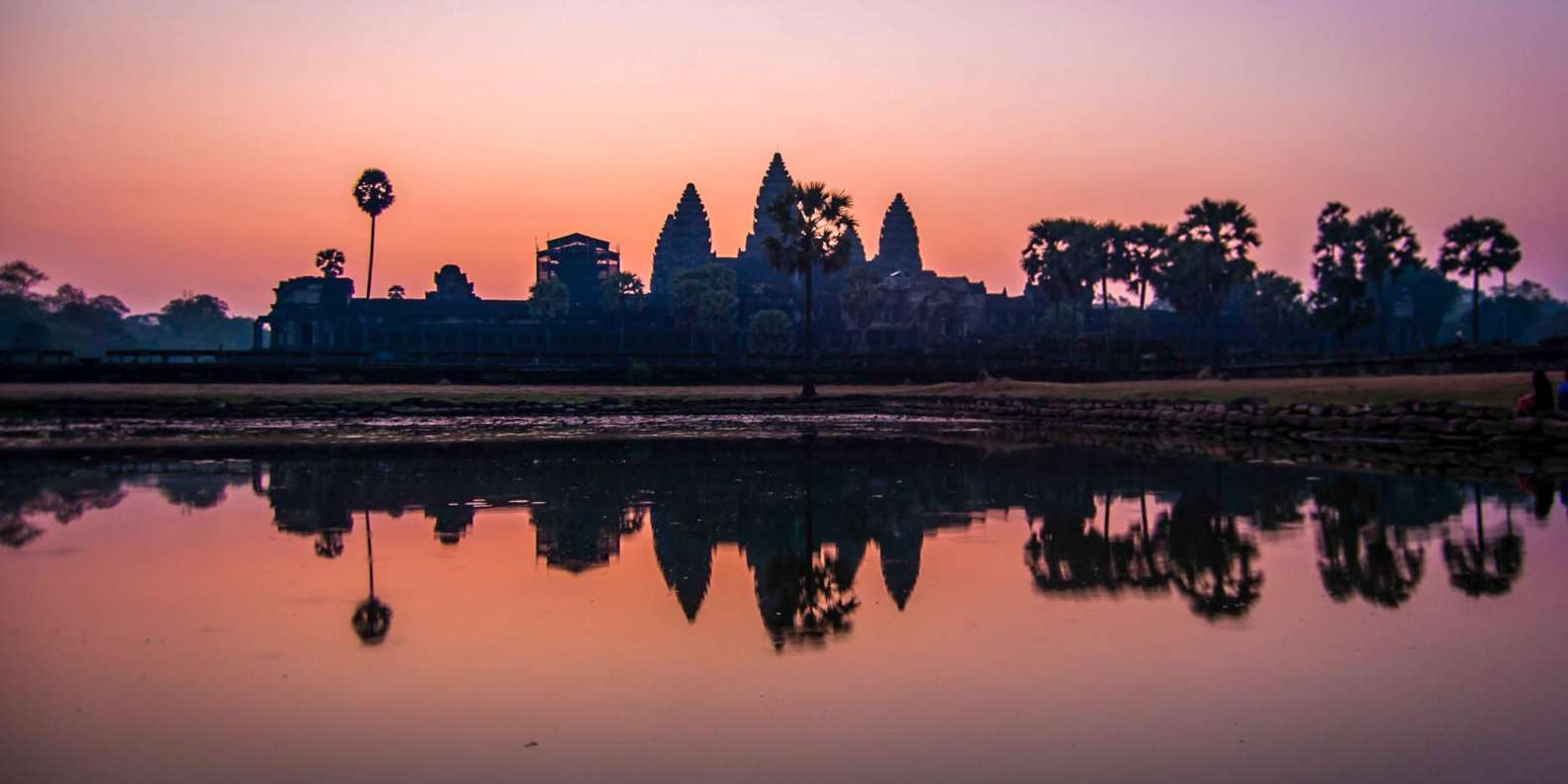
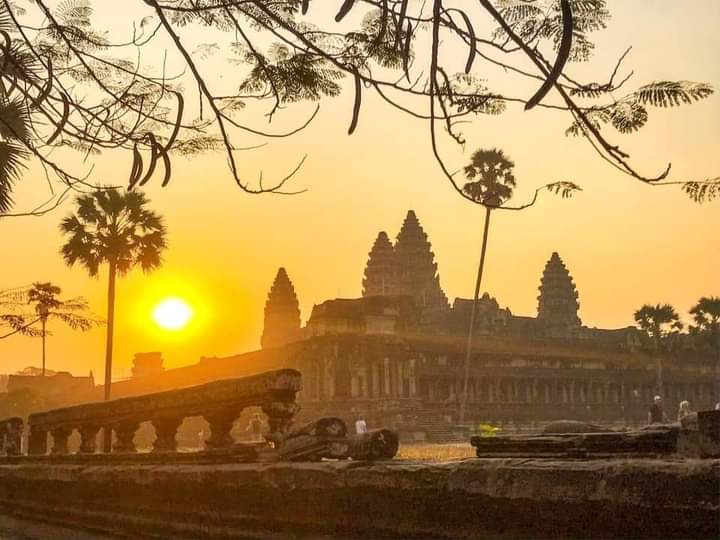
Add Review